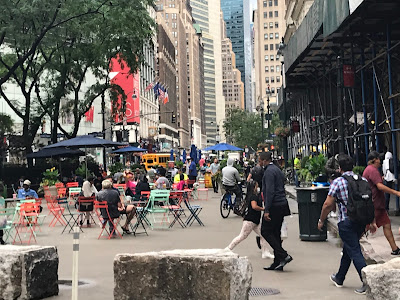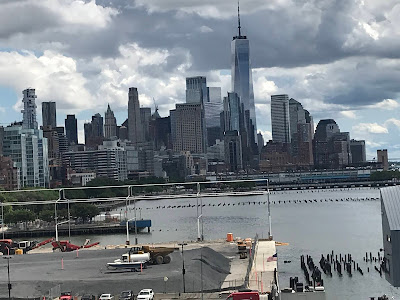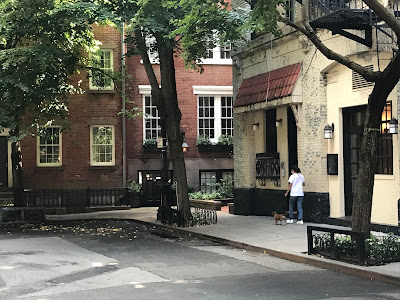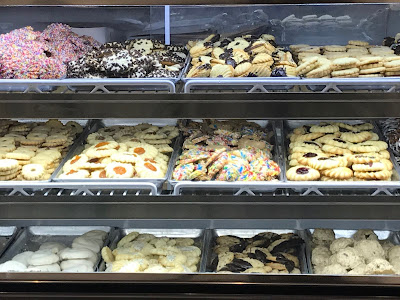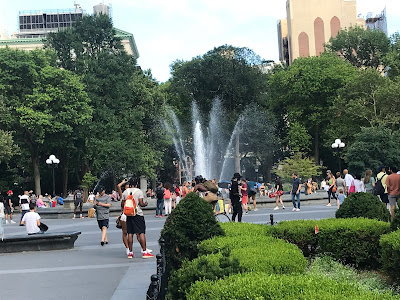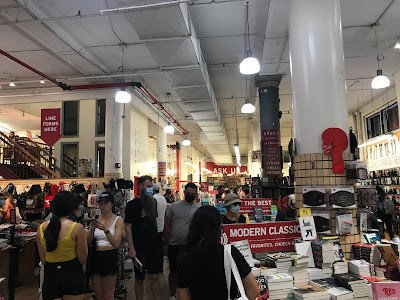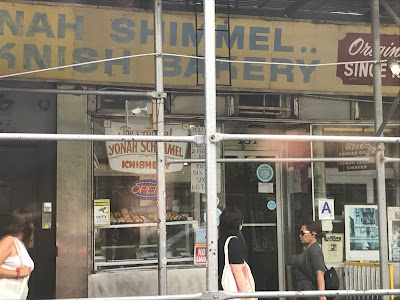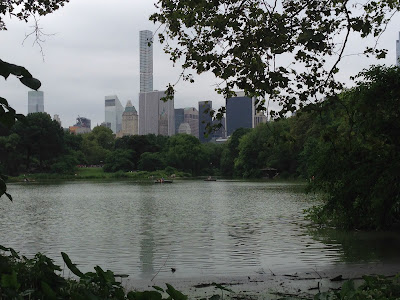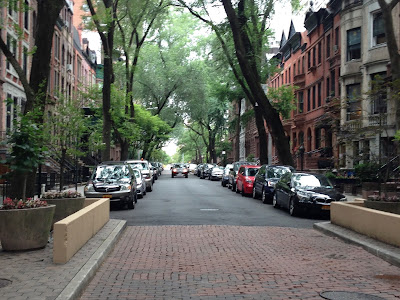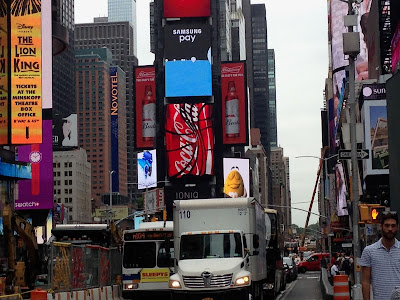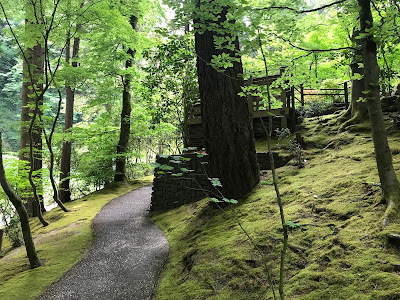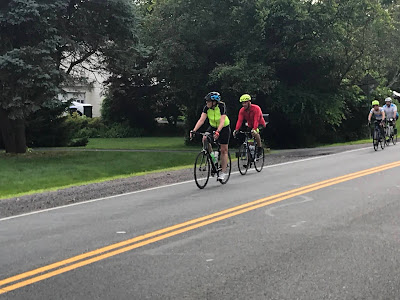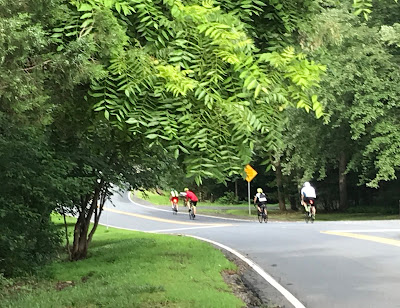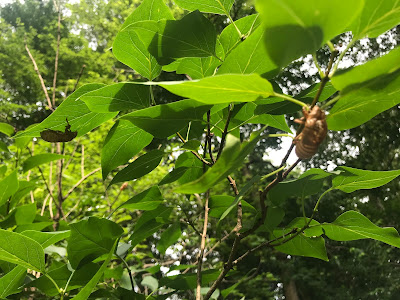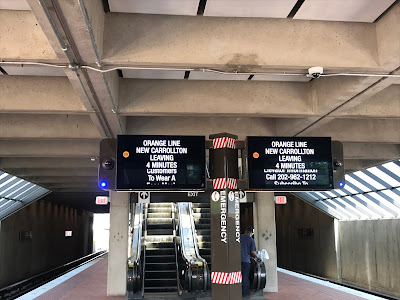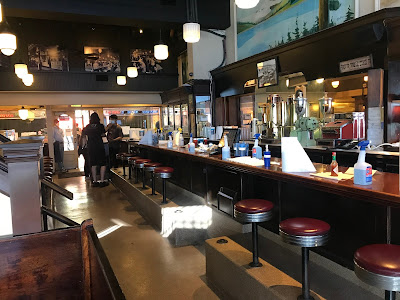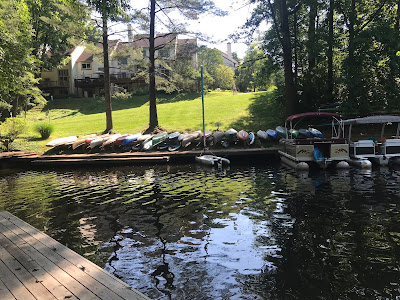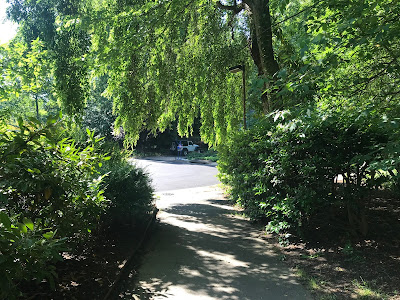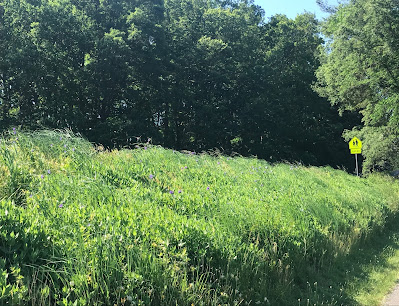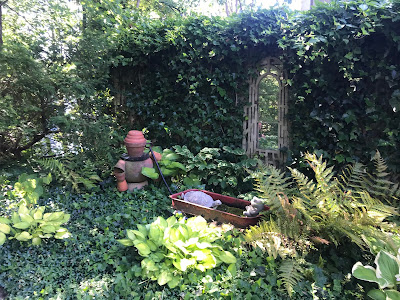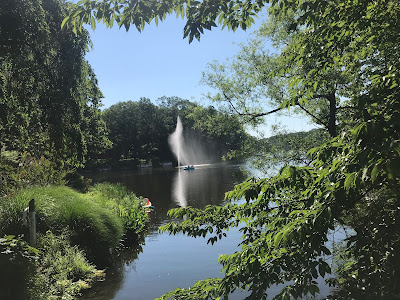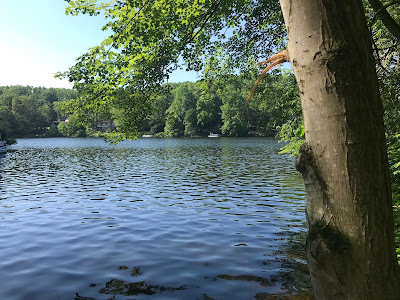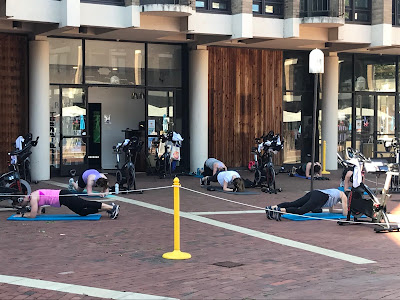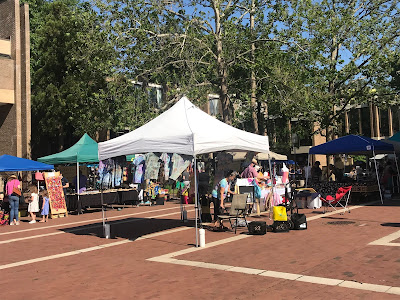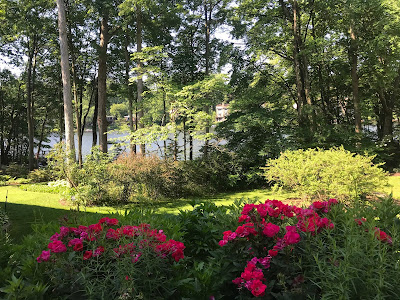A Symphony
If walking in the suburbs is a sonata, walking in the city is a symphony. It is the cued entrance of countless well-tuned players, the trilling of a piccolo, the thrum of a timpani. It is pedestrians striding through the square and construction workers in hard hats taking a break.
It’s a stroll on the High Line and a view of lower Manhattan from Little Island, the city’s newest park.
It’s meandering through the West Village, down Bedford and Barrow, past the Cherry Lane Theater and on to Bleecker, where I’ll grab a Napoleon and watch ten white-habited monks who’ve come from Our Lady of Pompeii to buy some cannolis.
It’s the plume of a fountain in Washington Square Park and the chess players and weed hawkers and pickup jazz bands that gather nearby.
It’s a trip to the Strand Bookstore (still there!) on the way uptown, then dinner at a hundred-plus-year-old bar and grill.
Four movements, none of them replicable. A city walk. A symphony.
